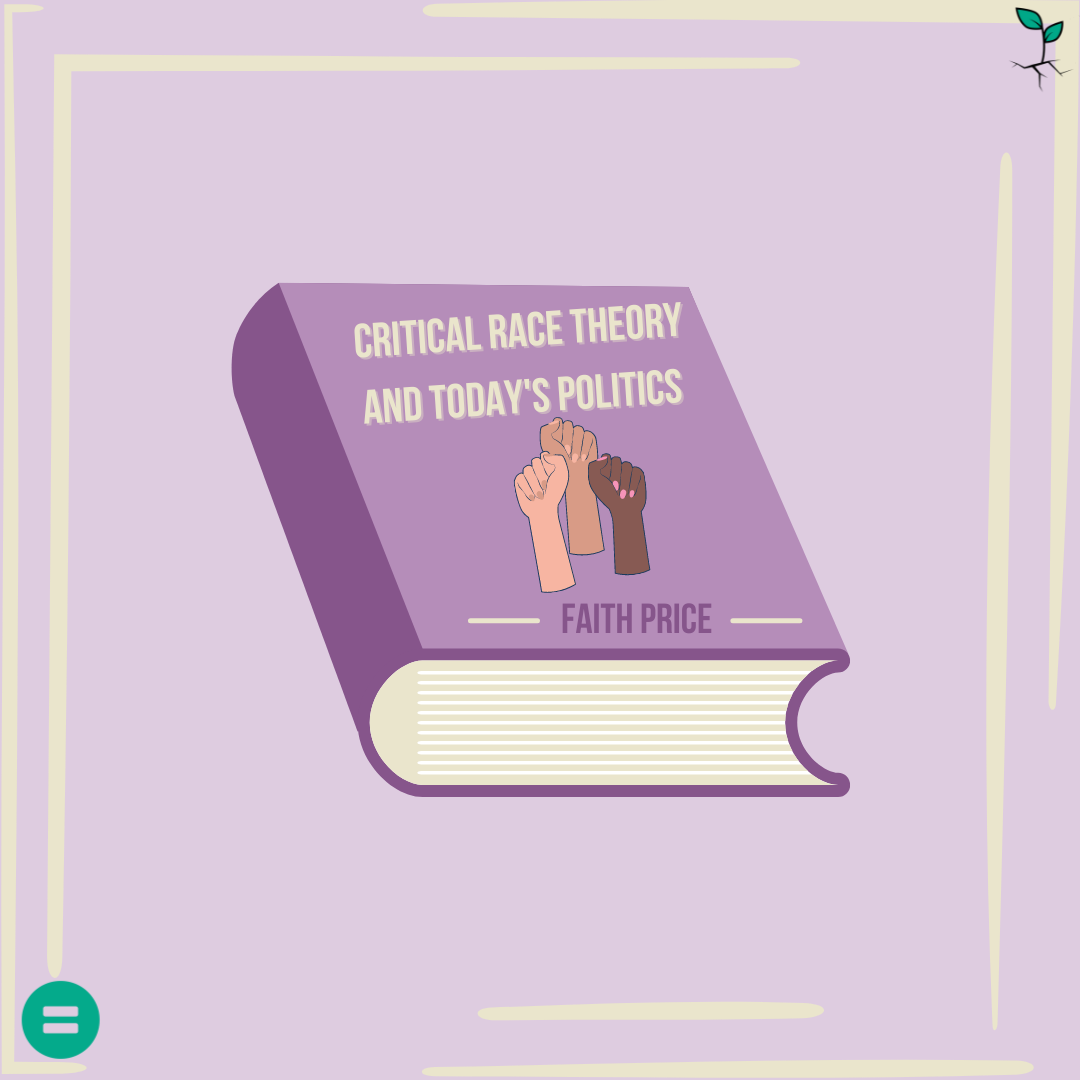In an interview with The New York Times earlier this year, Ohio State Representative Don Jones was asked to cite any examples of teaching in Ohio’s schools where white students were asked to “examine their whiteness” or “check their privilege” as he said was happening; he could not. Why it was important that Mr. Jones know examples of these sorts, was that he was the lead sponsor of a bill in Ohio that would ban the teaching that “an individual, by virtue of the individual’s race or sex, is inherently racist, sexist, or oppressive, whether consciously or unconsciously”. Though he could not cite any examples of this form of teaching, Mr. Jones said he was compelled to sponsor this bill because of voter concerns regarding Critical Race Theory. As many voters in the United States have probably seen, the term Critical Race Theory has been propelled into the political spotlight, with bills similar to Ohio’s being introduced and passed in many states. Yet, with this continuous discussion of why Critical Race Theory is good or bad, the original meaning of the term has itself become lost. This article intends to provide context to what Critical Race Theory is and why it has become such a controversial issue.
To begin, Critical Race Theory is not a new idea. It originated in the 1970s through the work of Derrick Bell, a civil rights lawyer and professor at Harvard University. This theory was to be used as a way of looking at the legal field, and for civil-rights lawyers to sift through aspects of race that made people unequal in the eyes of the law. Beliefs that are promoted by Critical Race Theory include “recogniz[ing] that racism is not a bygone relic of the past” and “that the legacy of slavery, segregation, and the imposition of second-class citizenship on Black Americans and other people of color continue to permeate the social fabric of this nation”. In American history, the contributions of people of color tend to be overlooked. Many of our legal documents, such as the Constitution and the Declaration of Independence, were written during a time when the opinions of people of color were not even acknowledged. Bell and others found it necessary to recognize these shortcomings in American law in order to create a more equal playing field for all. Additionally, Critical Race Theory rejects “the notion of colorblindness, where we pretend we don’t see color” and instead “recognizes that BIPOC have to deal with issues that occur because of their race”. Together with this rejection, a goal of Critical Race Theory is to remove the notion that racism is a group of isolated incidents and confined to a few bad apples. Racism is instead embedded in our society as a whole, and everyone promotes a form of racism, whether or not it’s intentional.
Later in the 1990s, Critical Race Theory began to grow when Gloria Ladson-Billings and William F. Tate began applying Bell’s theory to the field of education. For example, many Critical Race Theory originators wanted it to be recognized that events such as Brown v. Board of Education was not merely an event of exceptionalism, and that it was not even the result of a natural progression towards a racially equal society. Instead Brown was the result of “interest convergence” in which the push for racial equality converged with the interests of White Americans, specifically benefitting the image of the United States abroad. Critical Race Theory originators wanted to look at racial inequality within education in a different way, one that more realistically interpreted its progression in the United States.
Yet, if Critical Race Theory had been an active methodology in the 1990s, why is it that just now this topic is causing people to become so hostile? Vox’s Sean Illing pinpoints the origin of this current debate to June 2019, when The New York Times published The 1619 Project, which is a series of works describing how racism still plays a major role in our society today. The goal of The 1619 Project is to “reframe the country’s history by placing the consequences of slavery and the contributions of Black Americans at the very center of our national narrative”. The reason the project uses the year 1619, is that it was the first year that enslaved Africans were brought to America on a ship for the purpose of being sold. The New York Times argued that this was actual year that America was created, as no aspect of the United States since then has gone without being touched by the effects of slavery and racism. The publishing of this project created an uproar mostly within conservative politics and media. From this, a debate has stemmed on whether or not Critical Race Theory is beneficial or harmful to today’s students. While some feel that it is a way for us to create change by broadening our understanding of history, others feel that by looking at our history with a more realistic approach is a “grave threat to the American way of life”. Many conservative (and a few liberal) politicians are uncomfortable with Critical Race Theory because they believe it is teaching white children that because of their race they are automatically branded as terrible people. This is where Critical Race Theory’s intended purpose gets lost in modern politics.
Contrary to its large presence in politics, a poll by The Atlantic found that though many people want to ban Critical Race Theory in classrooms, “a strong majority of Americans, 78 percent, either had not heard of critical race theory or were unsure whether they had.” Many people on both sides of the aisle are now using Critical Race Theory as a loaded term that when talked about, keeps them relevant as politicians. Because of its prominent usage in the media and debates between lawmakers, it is important that Critical Race Theory is understood as what it actually is. By teaching students the stories and historical figures of people of color that have been overlooked, Critical Race Theory’s purpose is to break the barriers of an unequal society and show how we can take responsibility for our ancestors’ actions by helping create systematic equality in today’s world. The point that many people disregard is that the goal is not to erase the United States’ history, but to instead highlight pieces of it that we have ignored. Critical Race Theory is more than what the current debates are leading it to be, and it is important that we understand the issue more fully so we can make well-informed decisions regarding its usage in classrooms. If many of us do not know the actual definition of Critical Race Theory, then we must ask ourselves why has it become such a divisive issue, and what are we truly arguing about?
Cover art designed by GroundBreakers Network Engagement Fellow Gabrielle Garcia.


